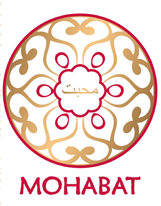

Kashmir is located in the middle section of the Silk Road and the western half of the Himalayan Mountain region. It lies between the borders of China, India and Pakistan, and was once a scenic tourist location famed as “The Switzerland of South Asia”.
Kashmir is well-known around the world for her long history of exporting premium pashmina. With a predominantly agrarian economy, the handicraft industry is a major source of employment for locals. The Kashmiris have developed unparalleled expertise in weaving and making premium pashmina scarves and handmade silk carpets. The artisans in Kashmir believe that years of hard work and dedication to their craft will be rewarded.

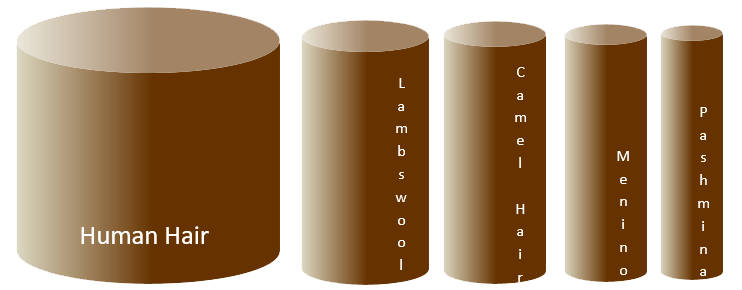
Sharing the same sound, the words Kashmir and Cashmere are intricately related. Pashmina is obtained from Himalayan Pashmina goats, which are native to the Himalayan region of Kashmir. Its fibres are soft, silky and cylindrical with a diameter of only 12 micrometres ( about 1/3 of human hair). Kashmir’s shawls are delicately woven with this kind of fibres by local artisans into a range of gorgeous art pieces.
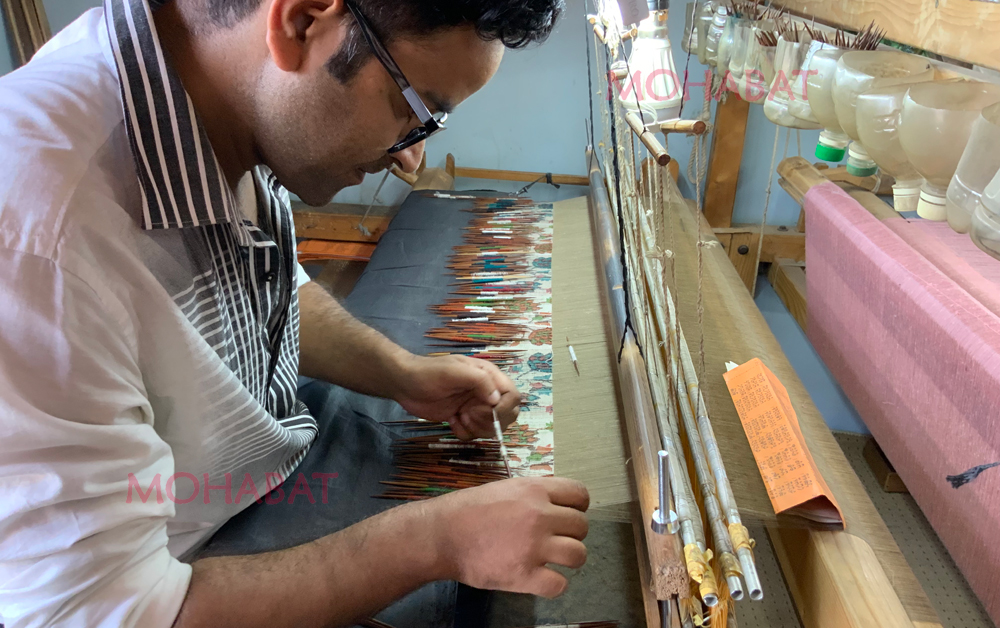
The Kashmirian embroidery is special in many ways. The greige fabric used for embroidery is made of soft and delicate pashmina, there is no outline or marking to follow, and no frame to support the fabric when stitching. The technique and art are passed to the men only, which is quite unusual compared to other countries like China where embroidery is done by women.
The greige fabric of all Kashmir scarves is 100% handwoven. The pashmina is combed from free-range goats on Himalayan mountain, and is dehaired by hand and dyed with stems and roots of plants, as well as minerals. The threads are then wrapped crosswise and lengthwise on a wooden shuttle for hand weaving. Due to the extremely soft quality of pashmina, hand processing is more preferable as the delicate fibre can be easily broken by machine processing.
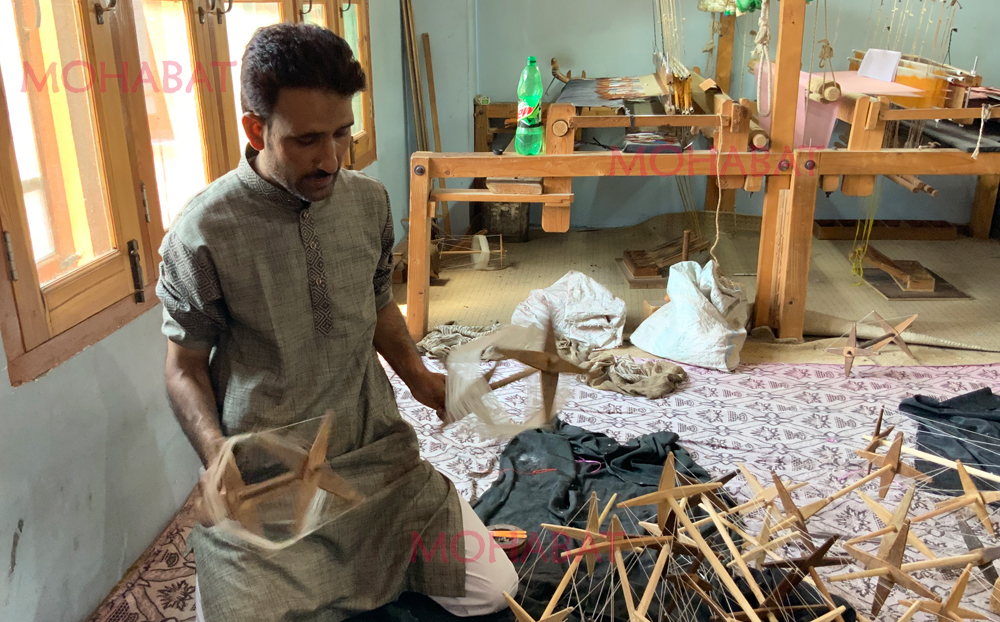

The pashmina greige fabric for embroidery comes from the snow-capped Himalayan Mountains with a very limited supply. Due to the extreme softness of pashmina fibre, the greige fabric needs to be woven by hand. Embroidery can only be done slowly and steadily on the delicate handwoven fabric, therefore, an embroidered shawl usually takes months or even years to complete.
Named after a tool used in weaving shawls, Kani is a prestigious and unique technique in Kashmir with more than 600 years of history. Kani is a small stick made of natural walnut wood, and is used for weaving coloured threads into different patterns. By analogy with photography, each knot is like a pixel in a digital image, and each knot in a Kani is different and unique. Such remarkable craftsmanship makes it possible for artisans to achieve the accuracy of modern technology with their own hands and eyes several centuries ago.
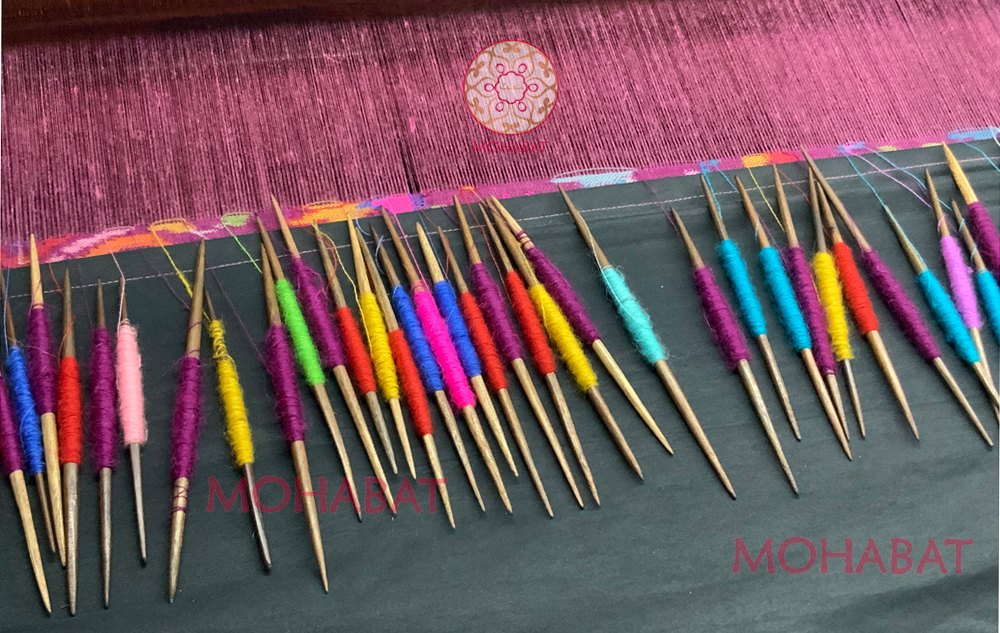


In Kashmir, when a girl is born, her parents will start weaving a Kani Shawl until she comes of age and is ready for marriage. The completed Kani Shawl will be offered as part of the dowry, carrying all the family blessings and love.
Kani is named after a tool used in weaving shawls, Kani is a prestigious and unique technique in Kashmir with more than 600 years of history. Kani is a small stick made of natural walnut wood, and is used for weaving coloured threads into different patterns. By analogy with photography, each knot is like a pixel in a digital image, and each knot in a Kani is different and unique. Such remarkable craftsmanship makes it possible for artisans to achieve the accuracy of modern technology with their own hands and eyes several centuries ago.
The weaving method of Kani Shawl is as same as the Persian silk carpet. Therefore, only skillful craftsmen who have at least over 20 years or above experience can weave this type of pash fabric into a shawl. Kani is a small stick made of natural walnut wood, and is used for weaving coloured threads into different patterns.
About the shawl pattern, the craftsmen just play by ear to select the colors and the shape of the flowers and weave it without any written scripts. Therefore, the same pattern is impossible to be copied. That’s why a Kani shawl is so unique.